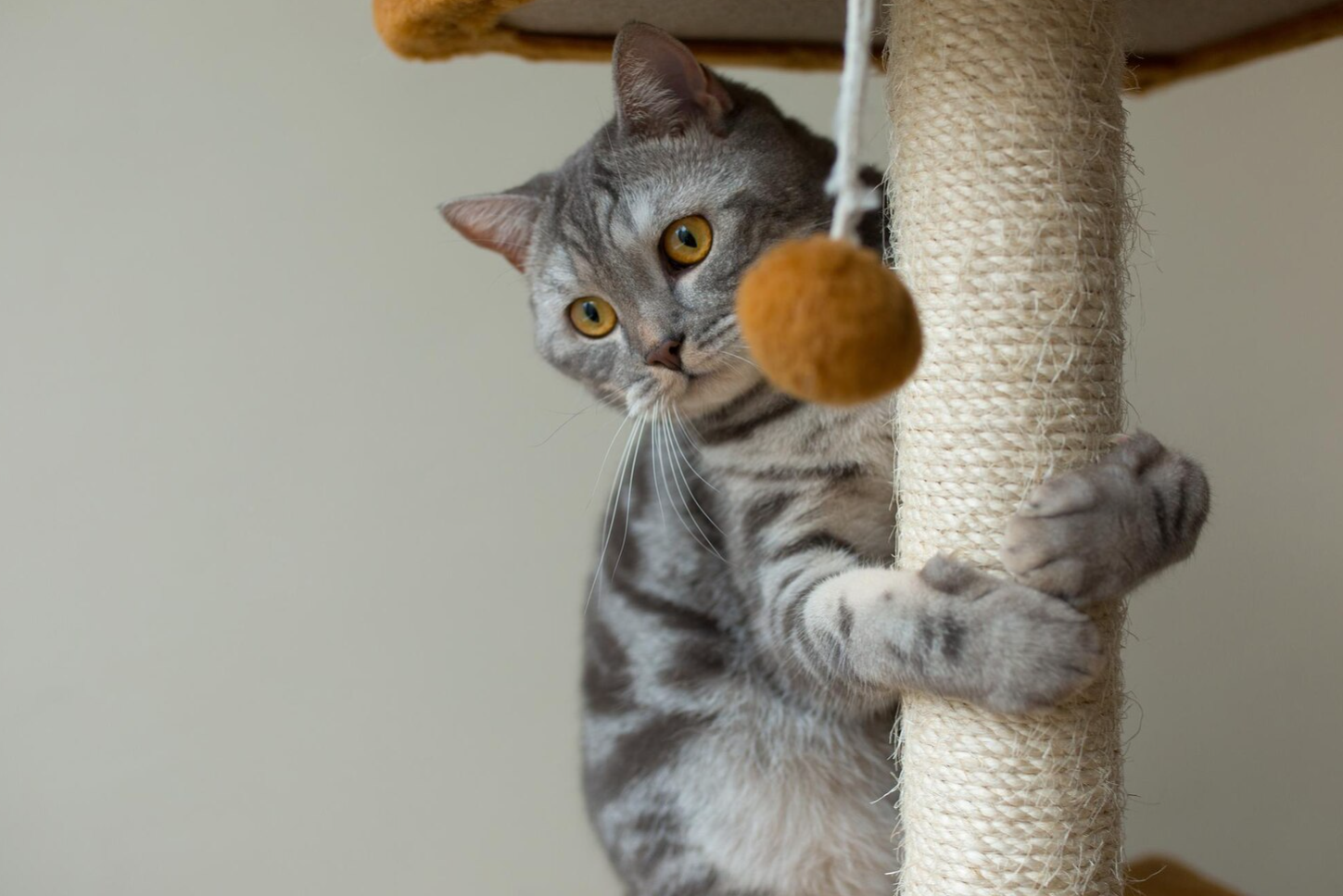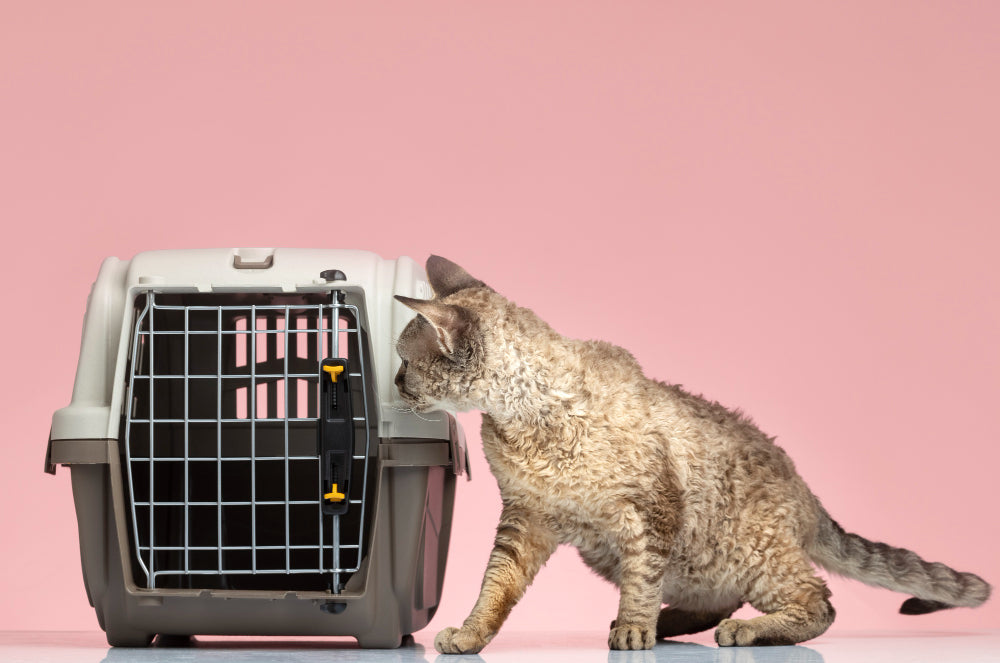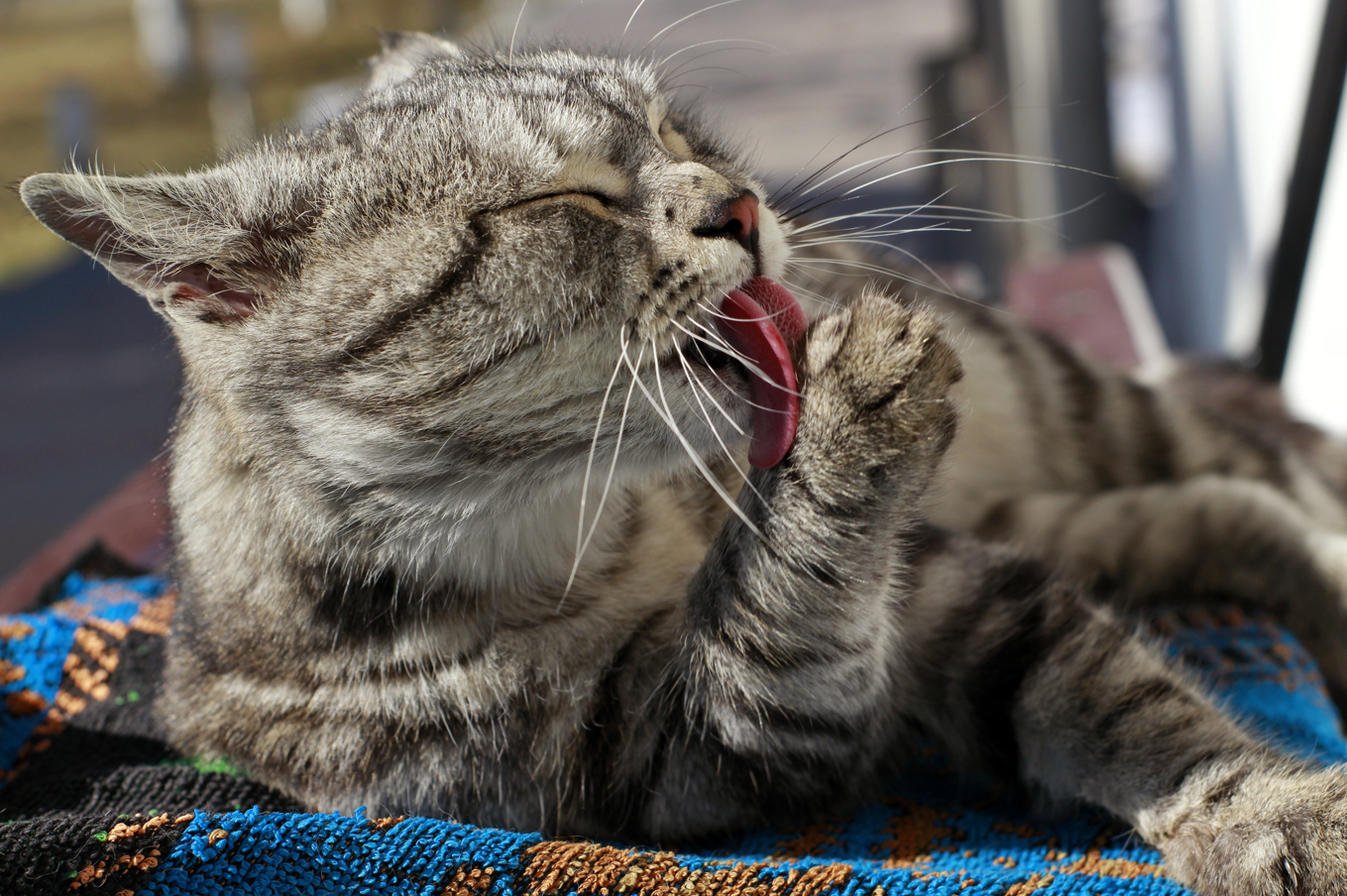
The 7 Easiest Rodents to Keep as Pets
, by Michael van Wassem, 5 min reading time

, by Michael van Wassem, 5 min reading time
Rodents are popular pets: small, fun to watch, relatively easy to care for, and ideal for those with limited space or time. But did you know that some species thrive best in groups? This blog features the 7 most common and easiest species to care for , including care tips and how to keep them together successfully.
Quantity: Always keep separate.
Housing: Minimum floor area of 80 x 50 cm, preferably in a glass tank or plastic cage with good ventilation.
Equipment: Deep bedding (20+ cm) for digging, exercise wheel (min. 20 cm), houses, tunnels, sand bath.
Feeding: 1 tablespoon per day, plus occasional vegetables or mealworms. Always provide fresh water in a bottle.
Handling: Small and fast, but with patience you can handle them carefully. Not suitable for young children.
Quantity: Always keep separate.
Housing: Minimum floor area of 100 x 50 cm. This species is strictly solitary and does not tolerate conspecifics.
Equipment: Nesting material, exercise wheel (30 cm+), plenty of hiding places, digging opportunities and sand bath.
Nutrition: 1–2 tablespoons of hamster food daily, occasionally a piece of vegetable and animal protein.
Handling: They become well-tamed with time and patience. Allow children to handle them under supervision.
Number: Minimum two, preferably three or more. Never keep alone. Best composition: group of females or neutered males with females.
Housing: Minimum 80 x 50 x 80 cm for two rats, more space for larger groups.
Equipment: Climbing platforms, hammocks, nesting boxes, tunnels and chewing material.
Nutrition: 15–20 grams of rat food per day per rat. Varying the diet with vegetables, rice, eggs, or pasta is healthy.
Handling: Social, intelligent, and gentle. Domesticated rats actively seek contact with humans.
Number: Minimum two, preferably three or more. Best combinations: two females, one neutered male with females, or several females with one neutered male.
Housing: Minimum 120 x 60 cm for two guinea pigs. More space is needed for each additional guinea pig.
Furnishings: Hay bale, houses, soft bedding (such as hemp or fleece), hiding places and open running space.
Nutrition: Unlimited hay, daily vegetables (e.g. bell peppers), and a small amount of guinea pig pellets rich in vitamin C.
Handling: Affectionate, but timid. Lift with both hands under the belly and hindquarters. Not cuddly, but can be petted.
Number: Always at least two. Best combination: two brothers or a neutered male with a female. Never put adult strangers together.
Housing: Minimum 100 x 50 cm, preferably a glass enclosure with a sturdy mesh lid.
Setup: At least 20 cm of diggable bedding material, tunnels, nesting material, cardboard, sand bath.
Nutrition: Approximately 1 tablespoon of gerbil food per day per animal, occasionally mealworms or vegetables.
Handling: Active and curious. Not meant to be held for long periods. Note: Never lift by the tail!
Quantity: Minimum of three females. Males are more aggressive and should be kept alone or neutered.
Housing: Minimum 80 x 40 cm, preferably with multiple levels.
Furnishings: Cardboard, nesting material, tubes, houses, climbing ropes.
Nutrition: Approximately 5 grams of food per mouse daily, with occasional fresh vegetables or some protein.
Handling: Small and fast. Some become tame, others prefer to keep their distance. Approach calmly.
Number: Always at least two. Best combination: neutered male with female. Two females can also be kept together if they grow up together. Never two unneutered males.
Housing: Minimum of 2 m² of permanent space per rabbit, plus daily free-range time. Possible indoors or outdoors, provided it is properly equipped.
Furnishings: Soft straw or hemp fiber, litter box, hiding houses, hay rack, tunnels, and chew toys.
Nutrition: Unlimited hay, fresh vegetables daily (such as endive, carrot tops), and a limited amount of rabbit pellets (± 25 g per kg of body weight).
Handling: Not a fan of arresting. Approach them at their level, give them space, and earn their trust.
Regardless of which rodent you choose, make sure you are well-informed about their species-specific needs. Social rodents, in particular, should never be kept alone – this can lead to stress or behavioral problems. Also pay close attention to combining genders and neutering/spaying when necessary.
Do you own one of these animals? Send a photo to klantenservice@fidello.nl and receive a 10% discount on your next order. Want to participate in a video for FidelloTV? Schedule an appointment and receive €20 shop credit as a thank you for your participation!


